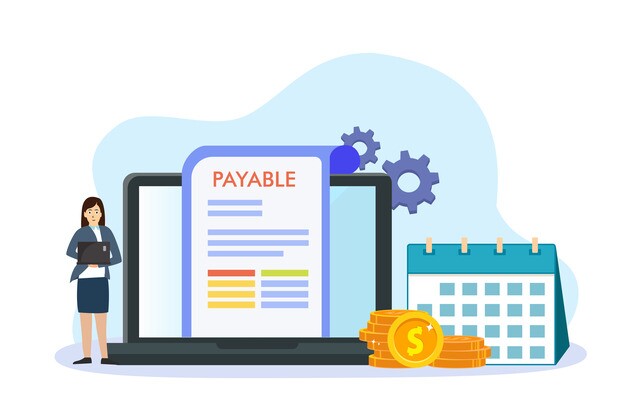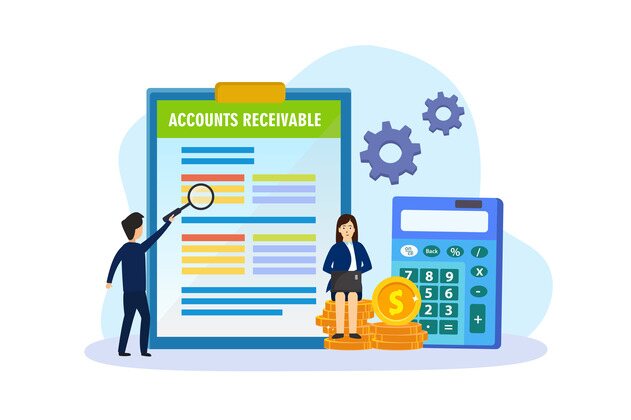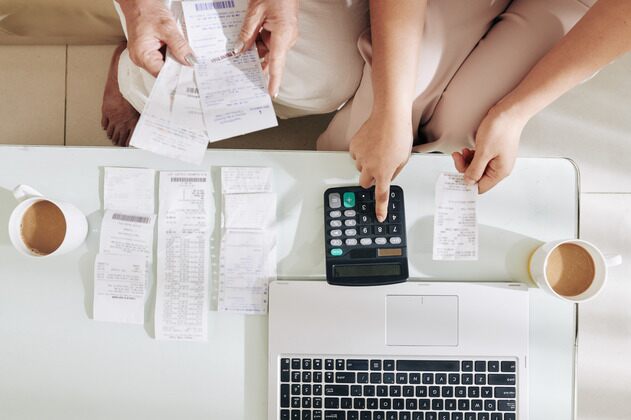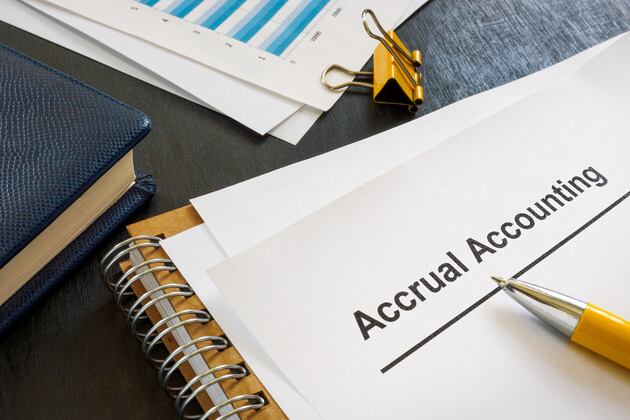Accounts Receivable Versus Payable: Differences and Examples
April 23, 2024

Accounts receivable and accounts payable are distinct categories of business finance. One deals with funds flowing out of a business, while the other describes funds flowing in. But they work together to create balance.
As a business owner or freelancer, knowing how to organize your accounts can help you navigate your finances with confidence. Here’s a guide to accounts receivable versus accounts payable. Find examples, common transactions, and how to record them.
What Is Accounts Payable?
When a company buys goods or services on credit, it doesn’t make a payment right away. Instead, it receives an invoice from the supplier that says when the payment is due.
These invoices fall under accounts payable, sometimes called AP. They represent the money the company owes. These debts are short-term liabilities, meaning they must be paid soon. And until the company pays, the amount is still in accounts payable on the balance sheet. This makes it easier to track bills and pay on time.
RELATED ARTICLE — Invoicing Tips: Can You Write off Unpaid Invoices?
How To Record Accounts Payable
To record accounts payable, track the goods or services you buy on credit. Then, document the amounts you owe suppliers and vendors.
In practice, this process often includes:
- Ordering goods or services from a provider
- Accepting the goods or services
- Receiving an invoice from the provider
- Logging it as accounts payable in the company accounting system
- Marking it as paid after paying for it
Examples of Accounts Payable

Imagine a small business owner, Emily, who operates a bakery. She orders ingredients like flour and sugar from a local supplier. The supplier delivers the goods. Then, the supplier bills Emily for the cost.
Emily now has an accounts payable entry, representing the amount she owes to the supplier. Until she pays, the amount stays an account payable on her financial records.
Here are a few more items that could be accounts payable:
- Utility bills
- Rent
- Employee salaries and wages
- Taxes
- Loan repayments
- Equipment maintenance
- Professional fees
- Advertising and marketing expenses
What Is Accounts Receivable?
Accounts receivable, also known as AR, represent sales earned but not yet paid for. It could also be money you expect to receive but haven’t yet, like from interest on late payments.
Let’s say a company sells a good or service to a customer but doesn’t receive payment right away. The company records this as an account receivable.
Usually, the business specifies a specific time frame for payment. This time frame is called the credit period.
How To Record Accounts Receivable
To record accounts payable, track the goods and services you sell on credit. Then, create invoices or sales receipts to document the amounts. Specify a time frame for payment so you and the customer are on the same page.
This process usually involves:
- Selling a good or service to a customer
- Delivering the good or service
- Giving the customer an invoice
- Logging the invoice as an account receivable in the company accounting system
- Marking it as paid once the customer pays
This entry represents money you’ll receive soon. That means you can list it as an asset on your balance sheet.
RELATED ARTICLE — What Is a Proforma/Pro Forma Invoice?
Examples of Accounts Receivable

Suppose a landscaping company mows a customer’s lawn but lets them pay for the service later. The amount owed by the customer becomes an accounts receivable for the landscaping company.
The same goes for a graphic design firm that creates projects for clients. It agrees to a project and then sends an invoice. The client’s debt is an account receivable until payment.
Here are other common examples of accounts receivable:
- Rental income
- Income from fees
- Interest income
- Installment or loan income
- Membership dues
- Licensing fees
- Insurance claims
What Is Accounts Receivable Versus Payable? Key Differences
Still not clear on the differences between accounts payable and accounts receivable? Here’s a handy chart:
| Aspect | Accounts Payable | Accounts Receivable |
| Definition | The money the business owes | The money customers owe the business |
| Causes | Purchasing goods or services on credit | Selling goods or services on credit |
| Impact on Cash Flow | Reduces cash flow | Increases cash flow |
| Management | Business owes money | Business is owed money |
Accounts receivable tracks money coming in. Accounts payable tracks money going out. Their main similarity is that they record the agreements behind transactions, not the money itself.
8 Tips for Improving Your Accounts Receivable and Payable Process Fast

Here are some practical tips for tracking accounts payable and receivable:
1. Begin as Early as Possible
Track accounts receivable and payable from the moment you start a transaction. Updating records in real time prevents errors. It also helps you or the other party remember to pay.
RELATED LINK — Accrual Basis Accounting: Definition and How It Works
2. Create Detailed Customer Profiles
Include accurate contact info, payment terms, and sales history. Update these records often for better communication and billing.
3. Create an Effective Credit Approval Process
Create a clear credit approval process. Don’t give credit to clients who haven’t paid in the past. This lowers the risk of late payments or defaults and helps you make sure customers are creditworthy.
4. Automate Your Invoices
Invest in invoice tracking software like Invoice Simple. It has automation features that reduce errors and save time. You can save repeat invoices, track expenses, and create branded bills.
RELATED ARTICLE — 10 Common Invoicing Mistakes and How To Avoid Them
5. Simplify Cash Application
Develop a standard process for applying cash to invoices. This makes sure all accounts are accurate. It also helps track who’s paid and when.
6. Give Customers More Payment Options
Make it easy for customers to pay. Allow credit cards, bank transfers, and digital wallet payments. This helps you meet different customer preferences. It also speeds up payments.
7. Create Clear Policies for Late Payments
Include follow-up protocols for overdue invoices. Send reminders to customers with overdue balances. Escalate to collections when needed.
8. Conduct Regular Reconciliation
Double-check your accounts receivable and accounts payable. Compare them to bank and vendor statements. This helps you spot and fix any discrepancies quickly.
Invoice Templates Customized To Your Business
Clean invoices support accounts receivable. If you want to stay on brand and look professional, use Invoice Simple. Find fully brandable estimate and invoice templates for every kind of business. Just add your logo.












